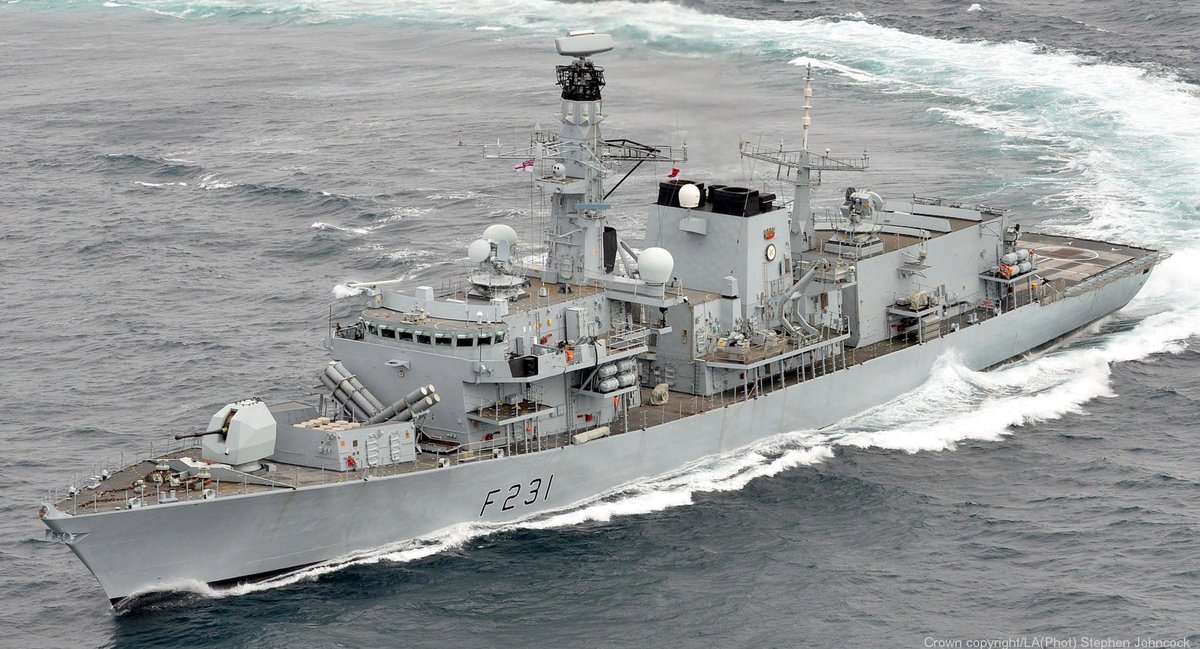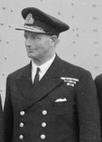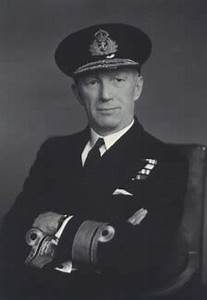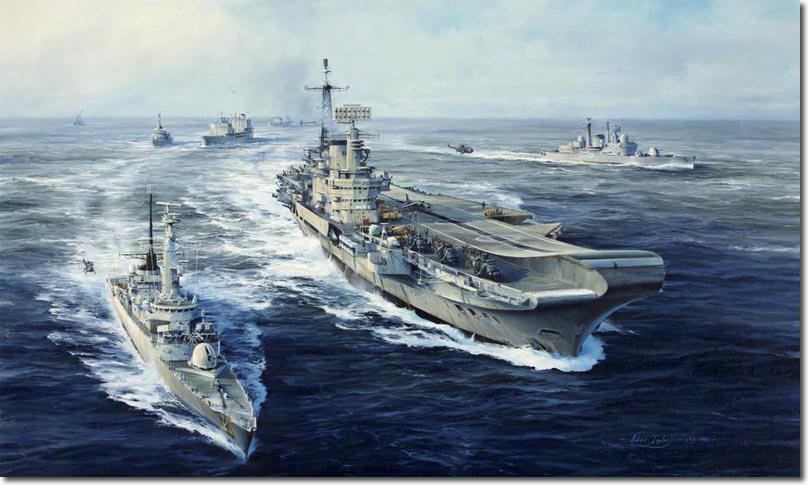
Pictured below is the 1977 fleet review.
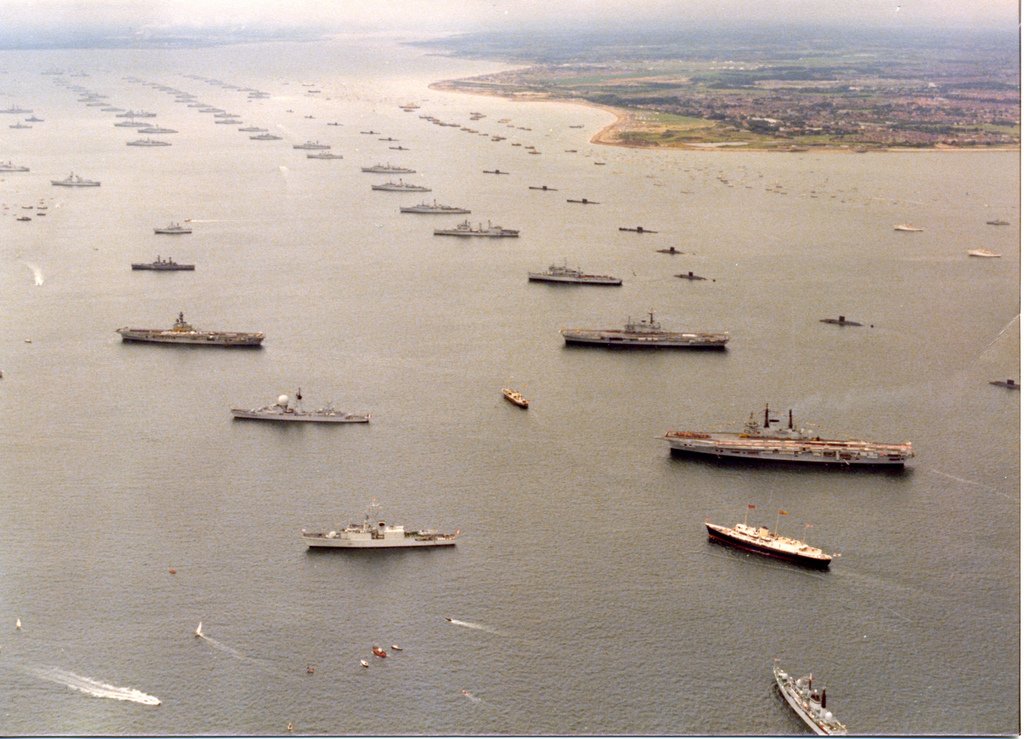
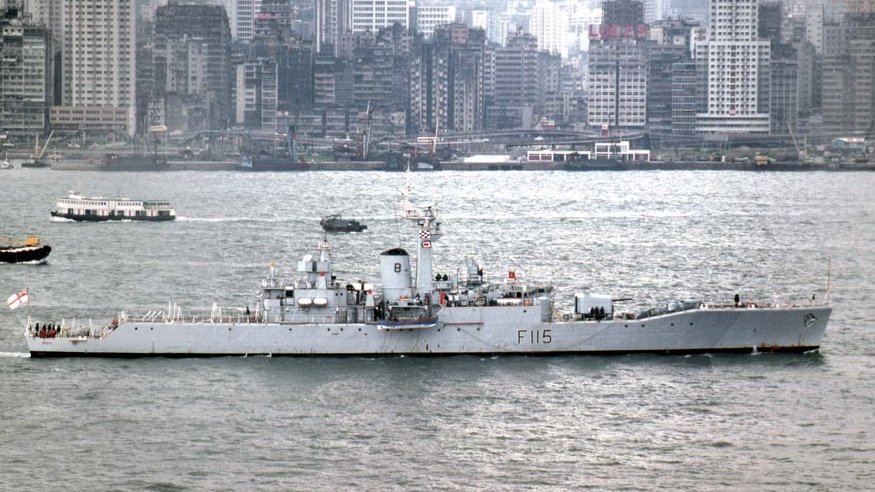
Limbo and the WW2 "squid" ASW mortar:
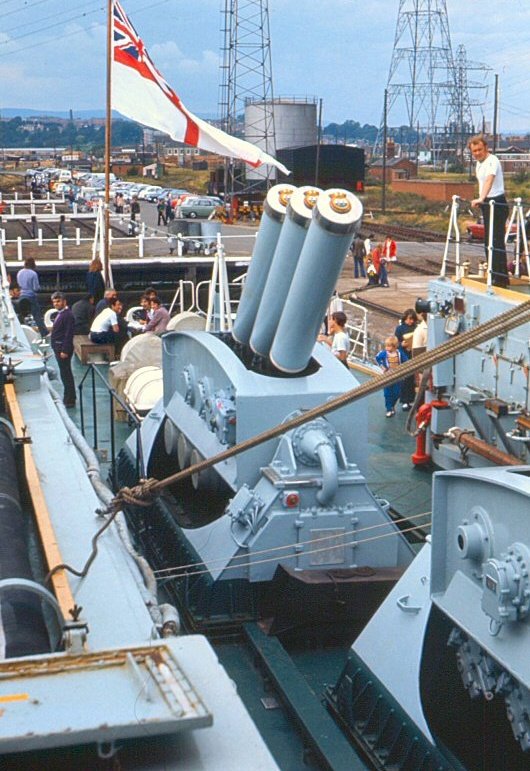

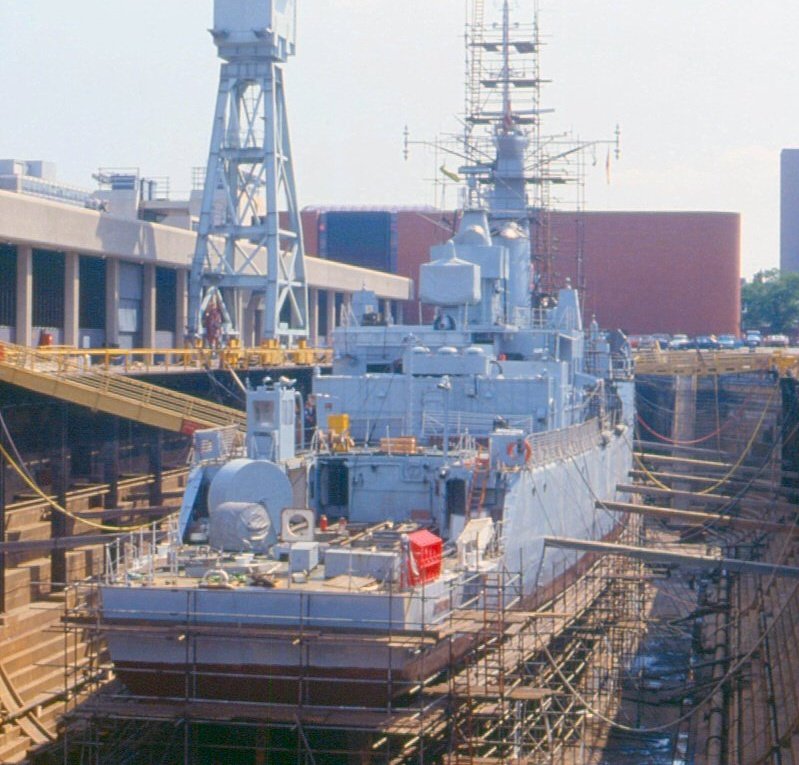
All they could do was effectively drive around, look brave and get bombed.
The four 1000lb bombs that hit her and wrecked her funnel and Limbo mortar thankfully failed to explode.
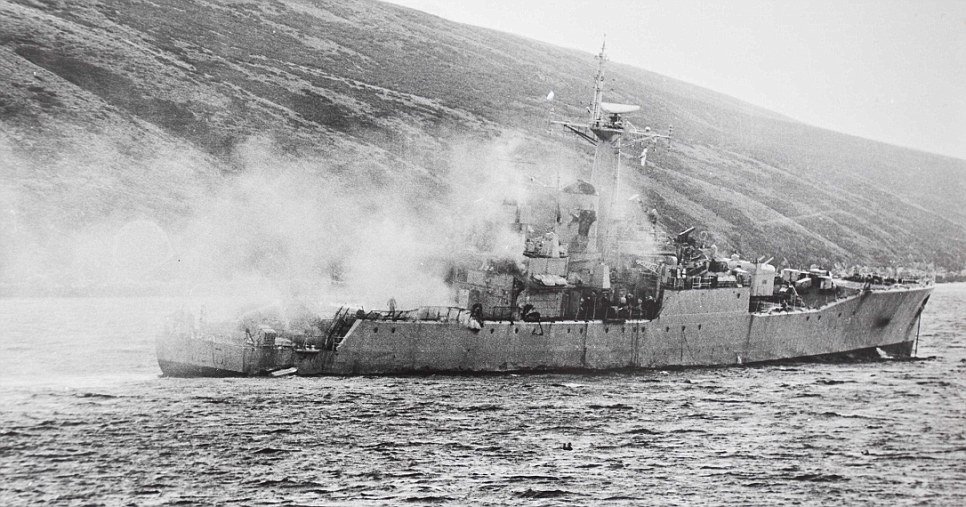
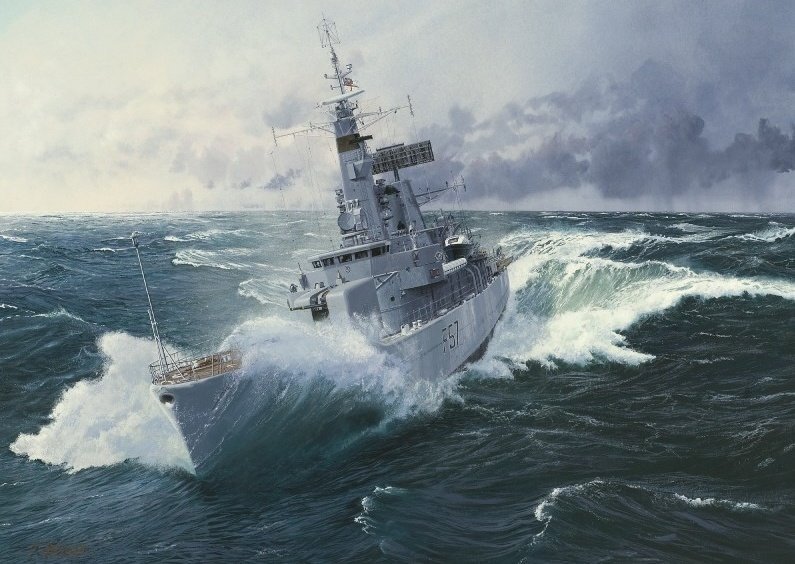
Despite the modest enlargement they were, like the Rothesays, relatively small ships.
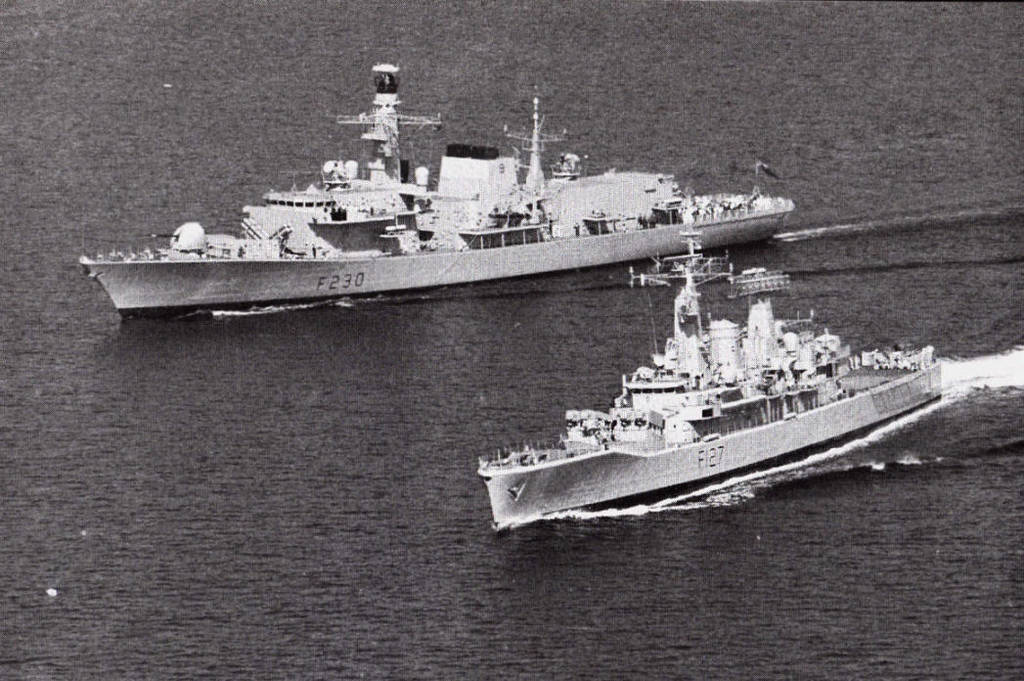
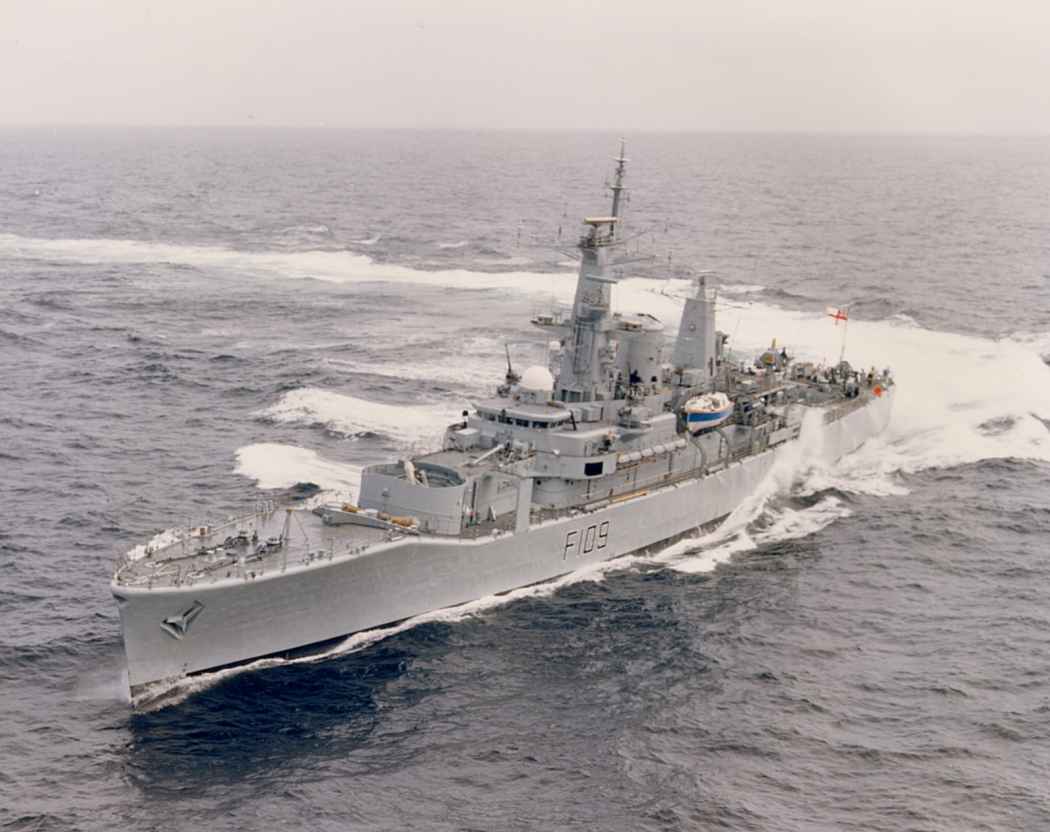

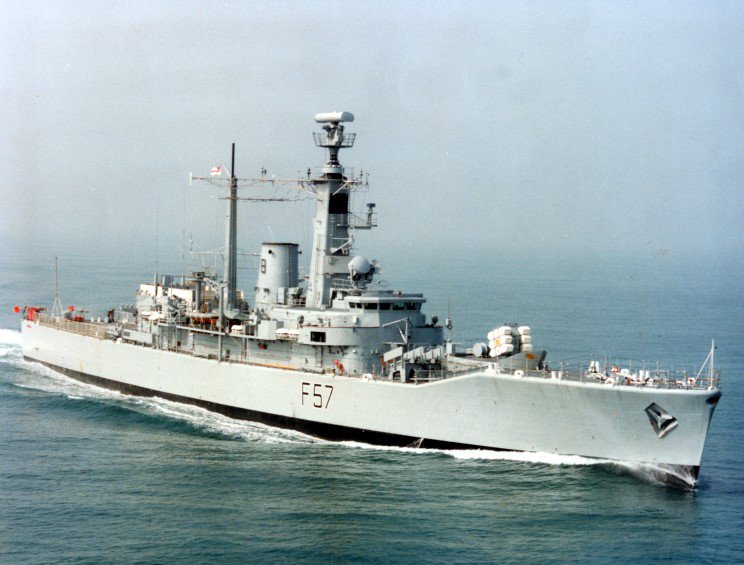
For example, the Ikara Leanders lost their Type 965 long range search radars to accommodate the ADAWS combat management system.
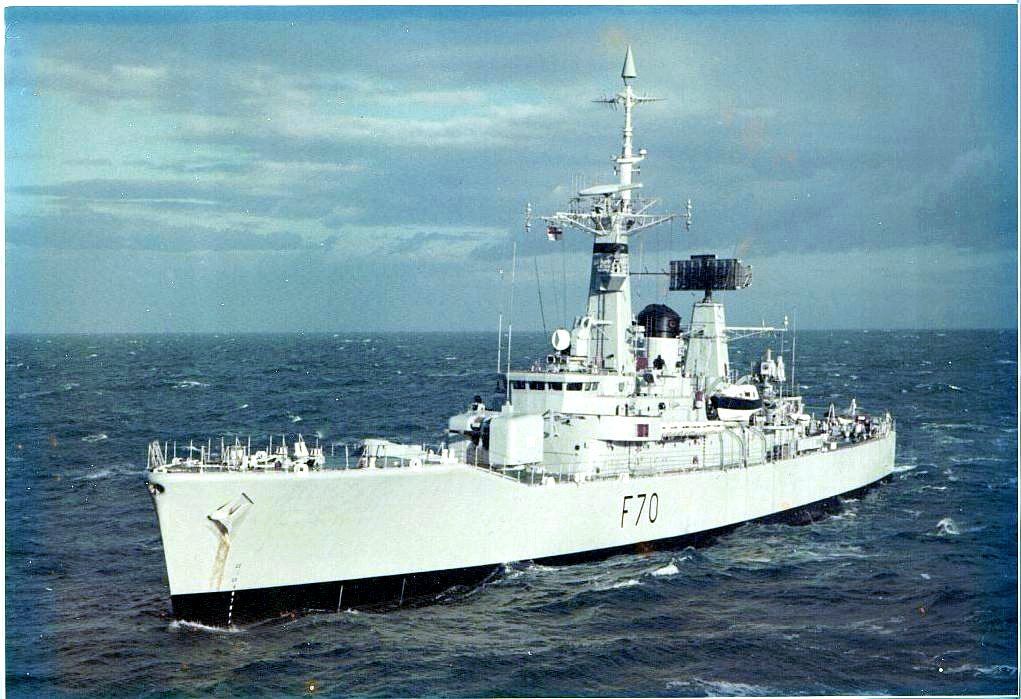
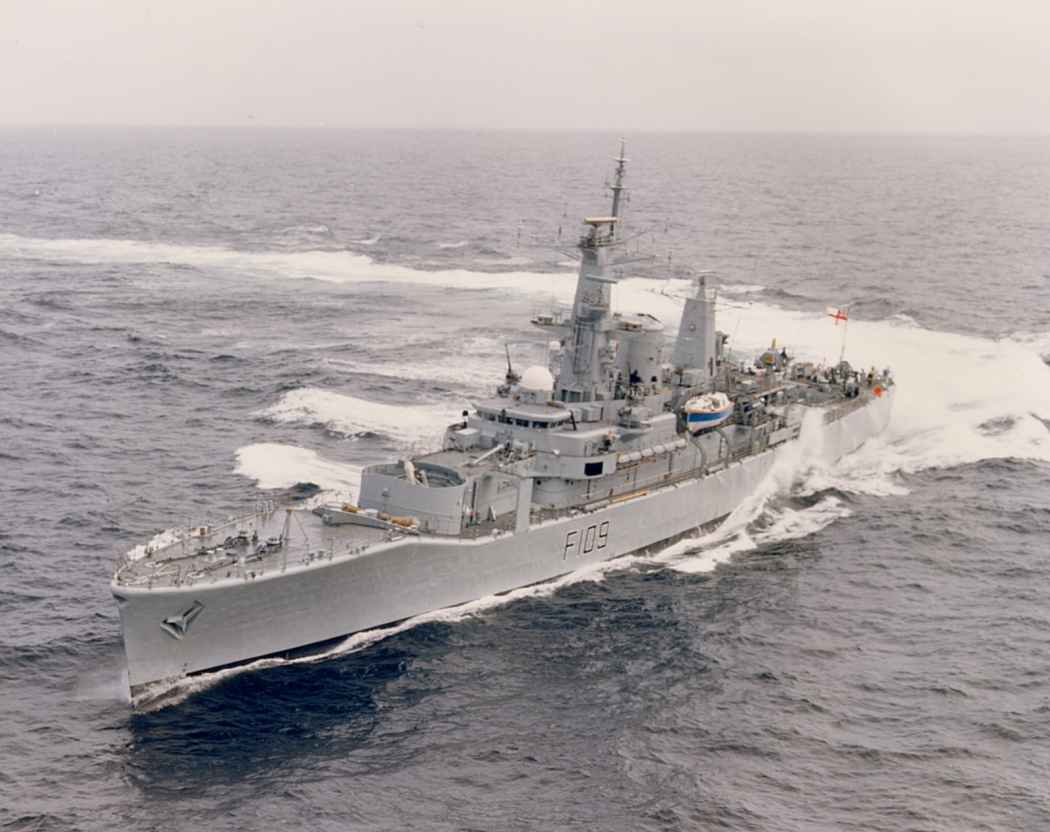
Only 5 ever received the modern Sea Wolf point defence missile & even they were still limited by having a single fire control radar.
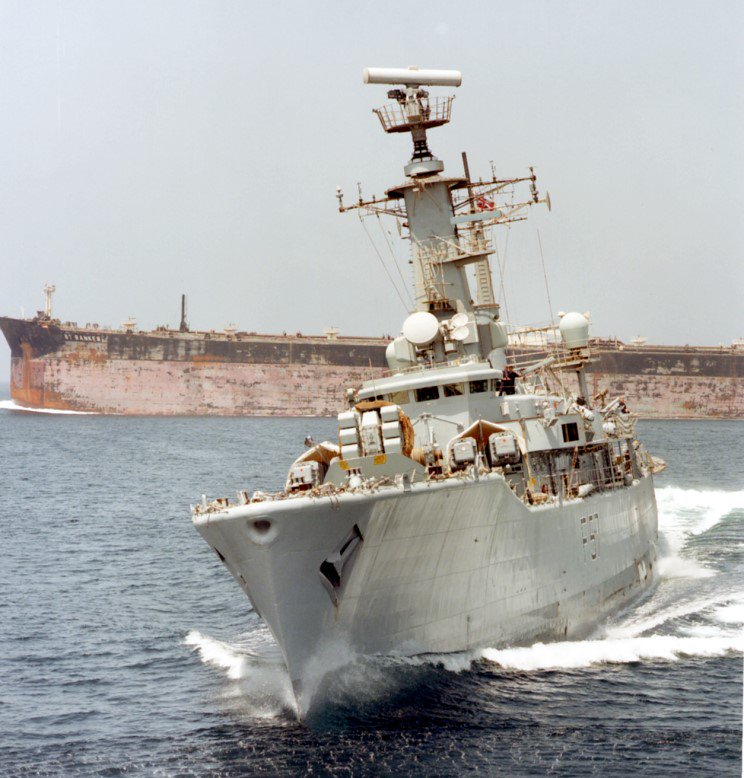
They do not compare well with contemporary frigates being produced by peer navies, like the USN's 5,400t Brooke class (below).
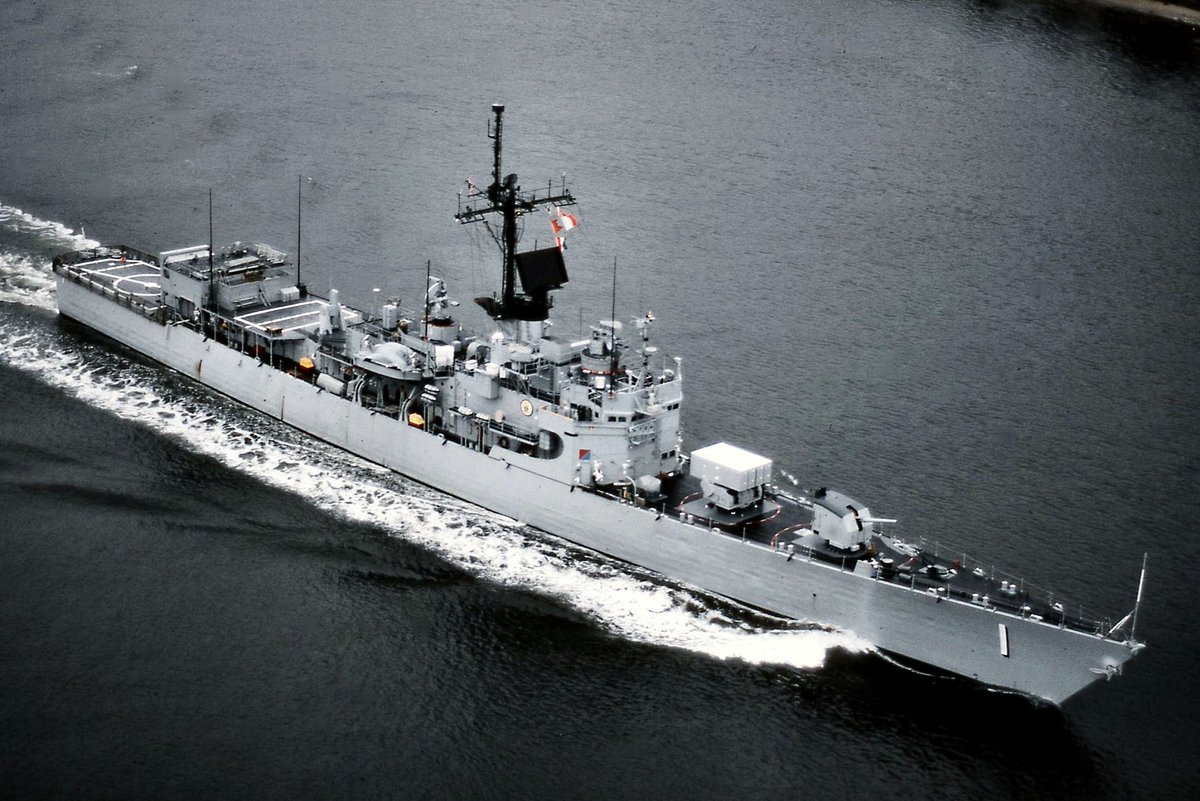
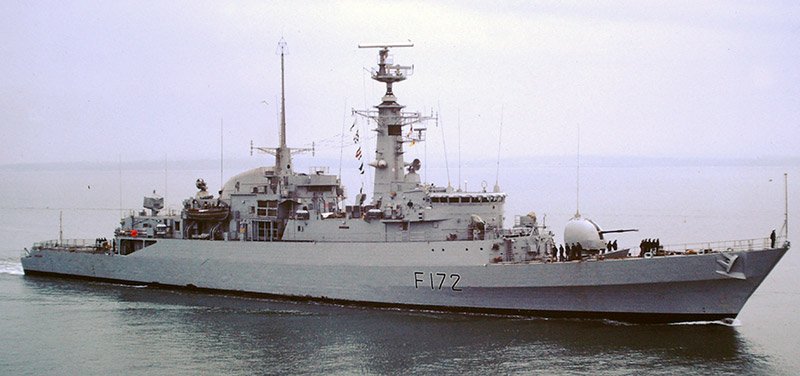
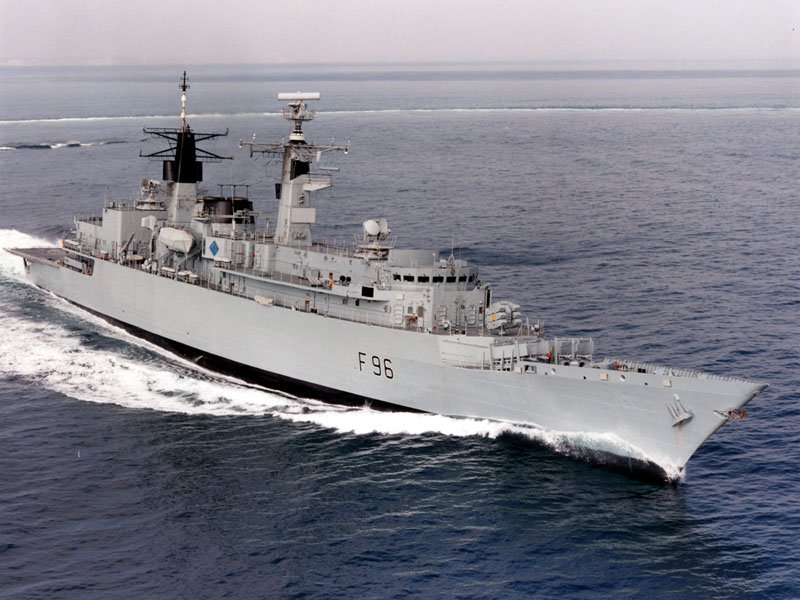
Two, Ardent and Antelope, were sunk by Argentine aircraft in the Falklands War.
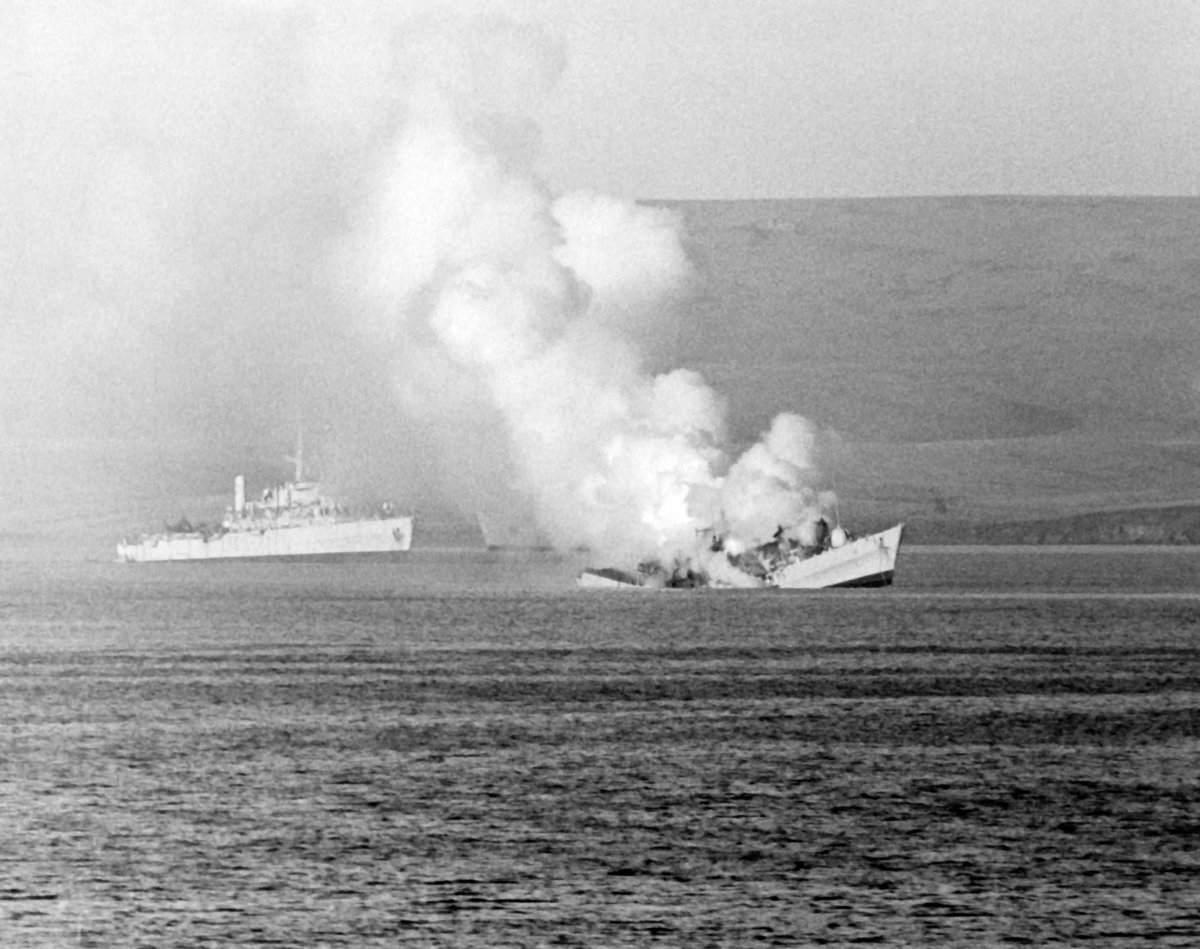
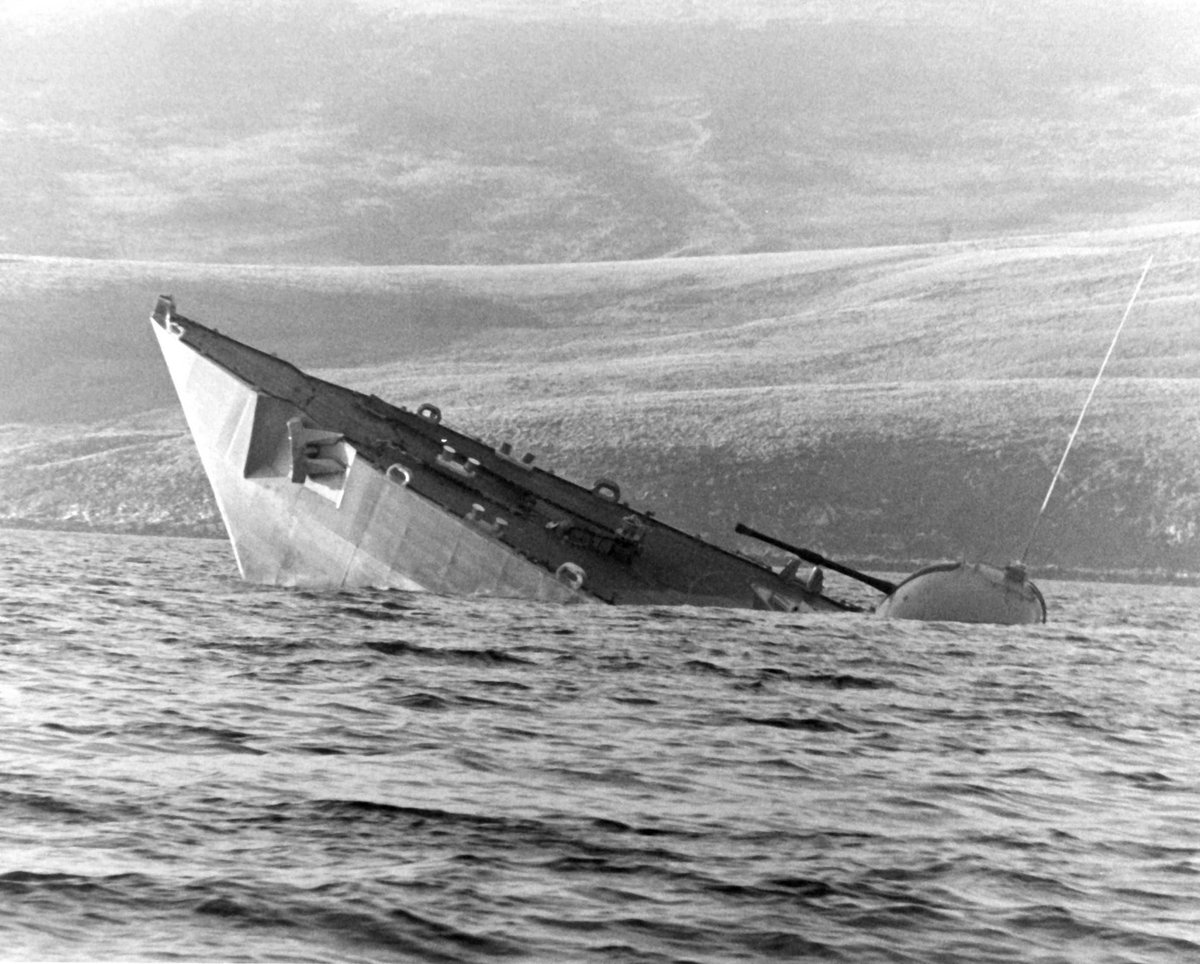
Type 21 had more limited growth margins than Leander, unable to even retrofit a Sea Wolf launcher.
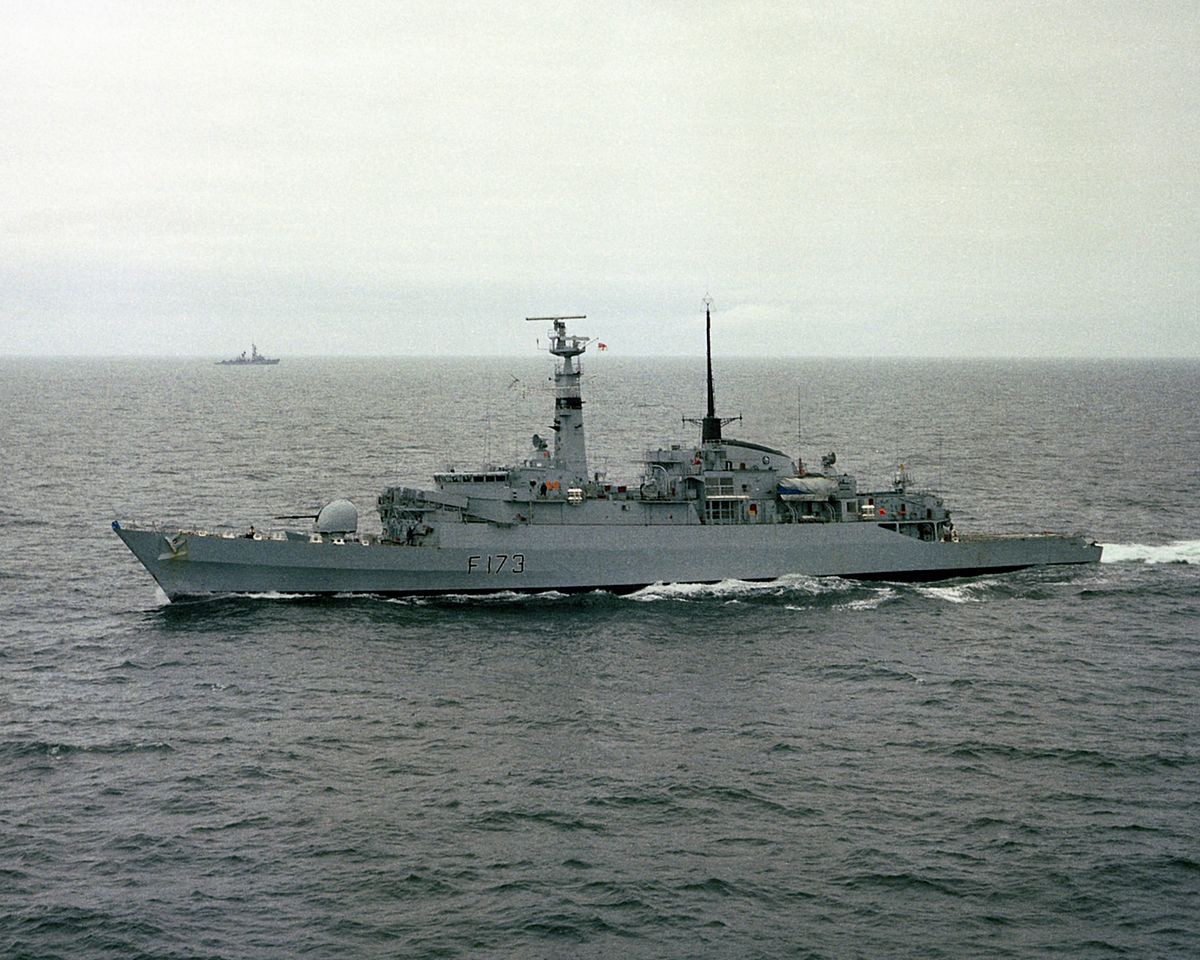
This would probably be an opportune moment to talk briefly about Sea Cat.
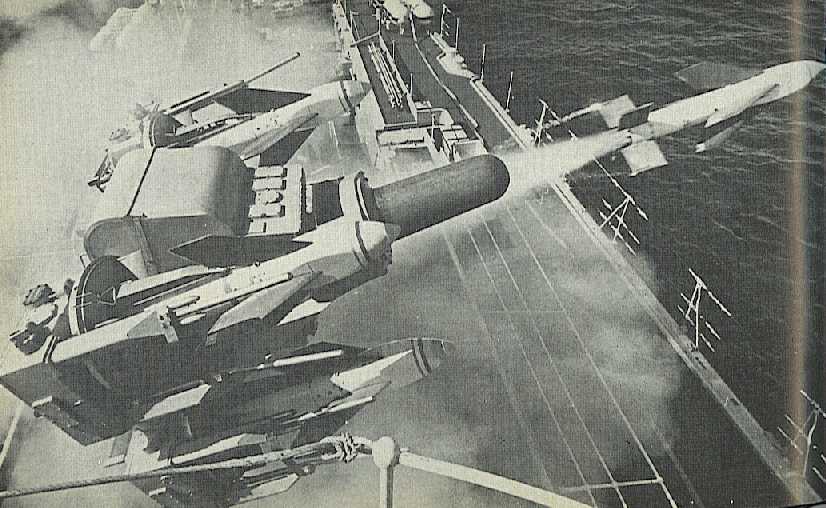
But at least Type 21 was fast.
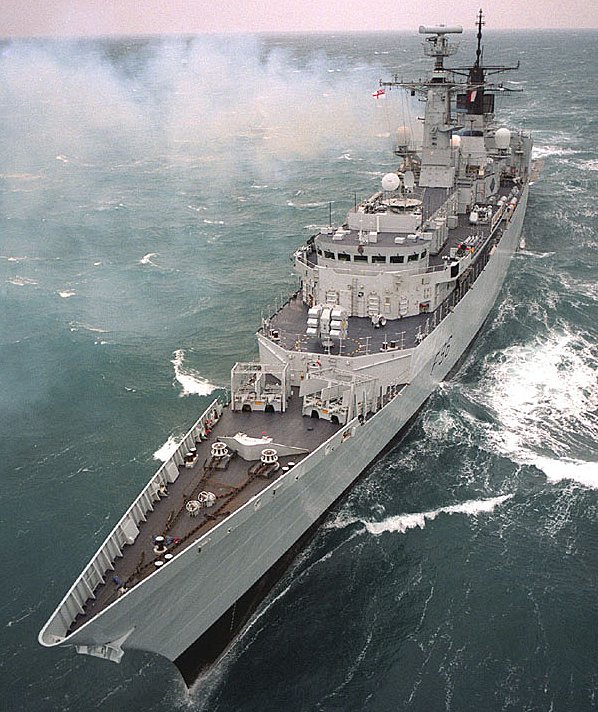
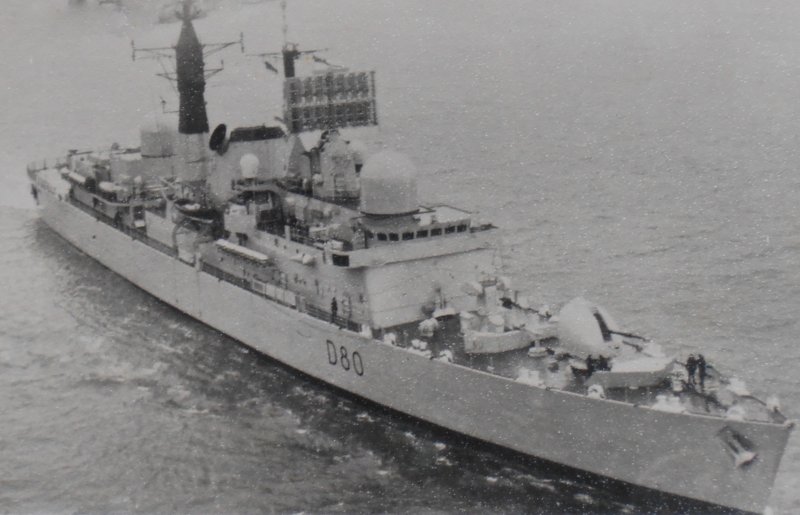
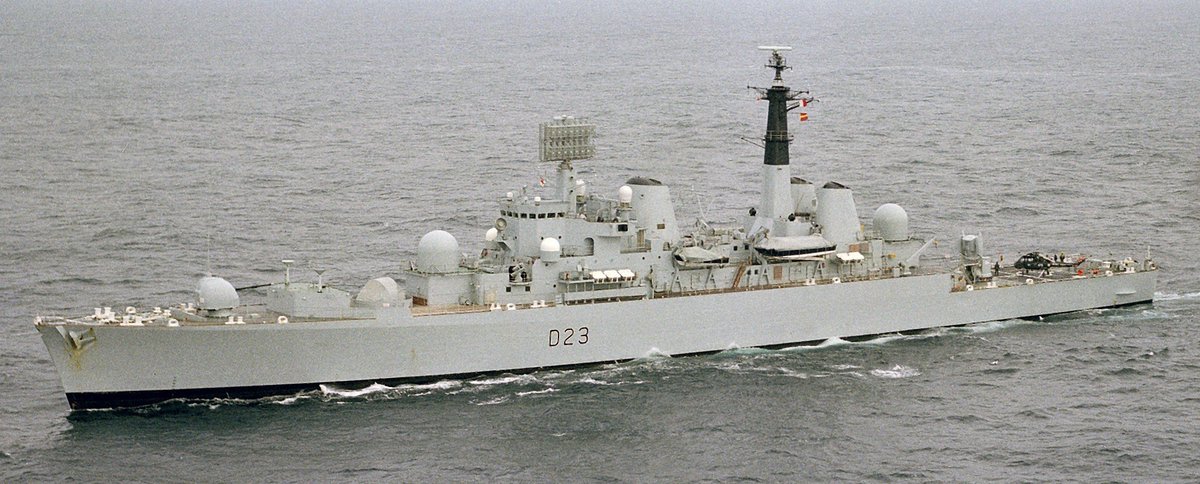
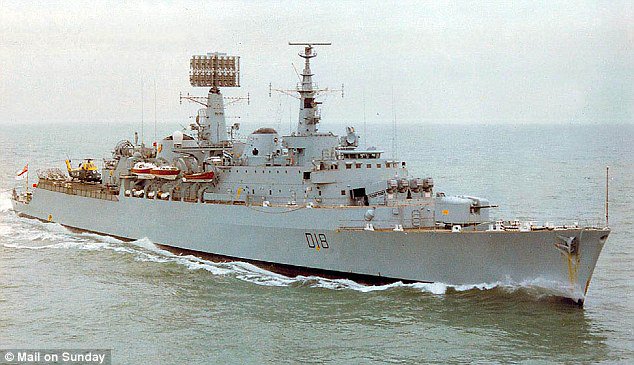
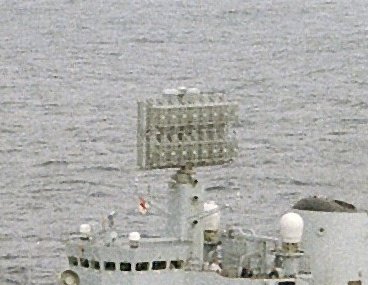
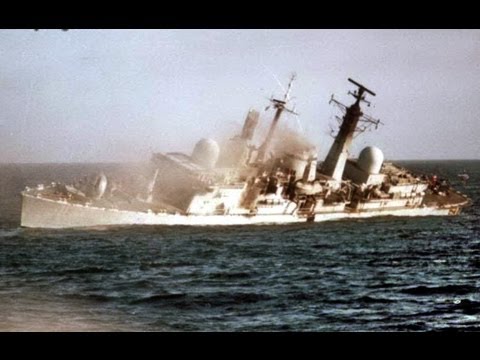
In order to save money the ships of the first 2 batches were shortened, badly effecting their seakeeping and missile magazine size.
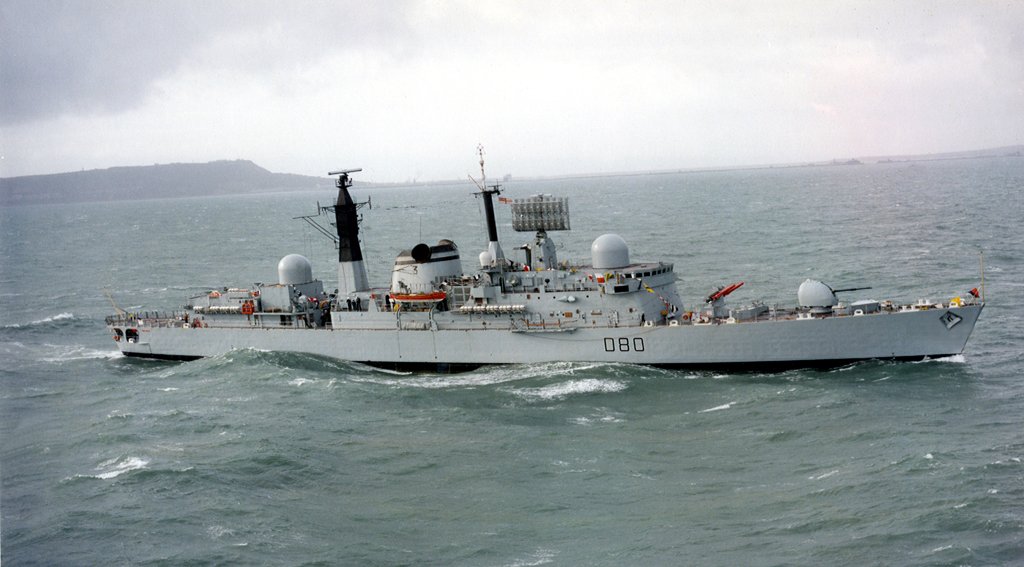
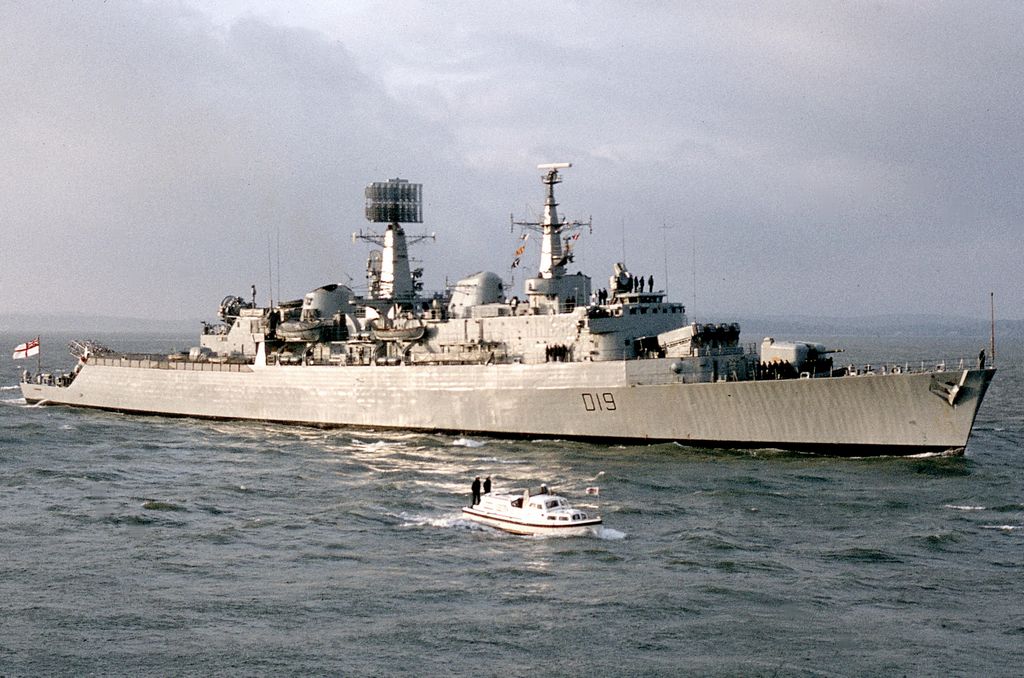
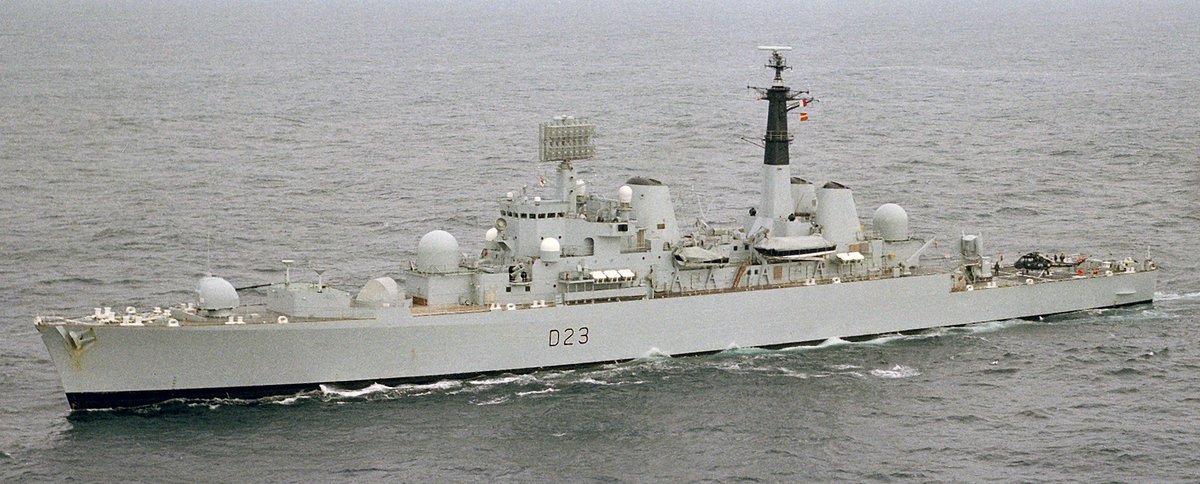
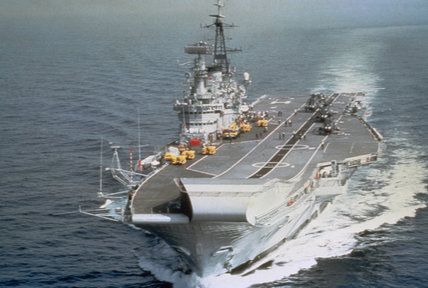
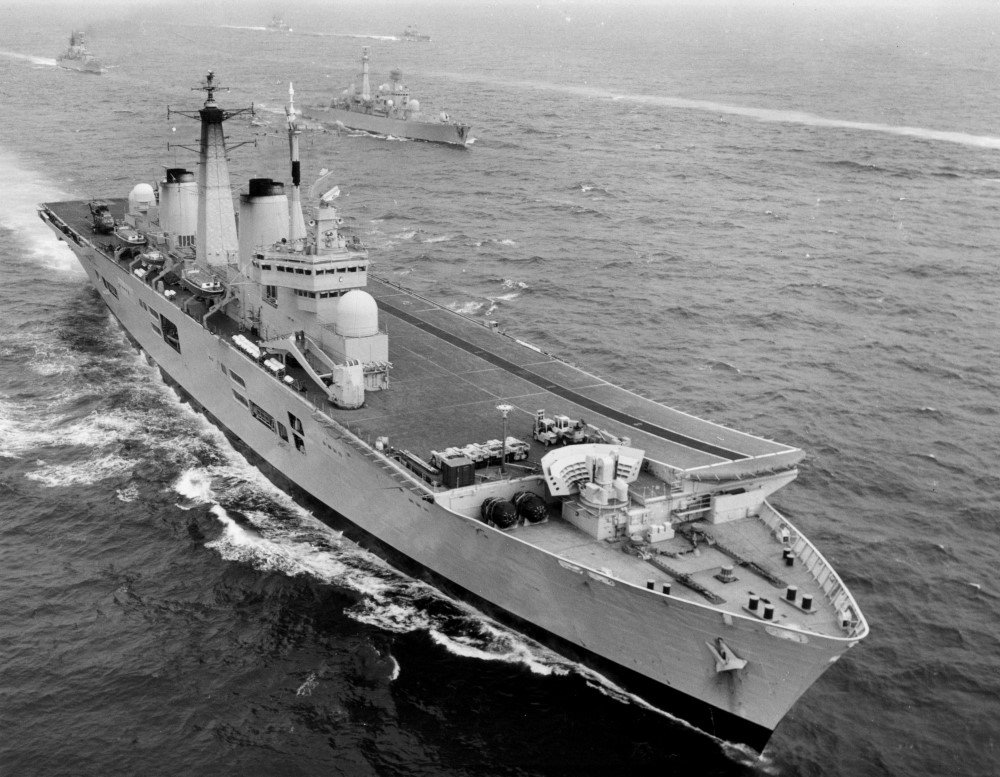
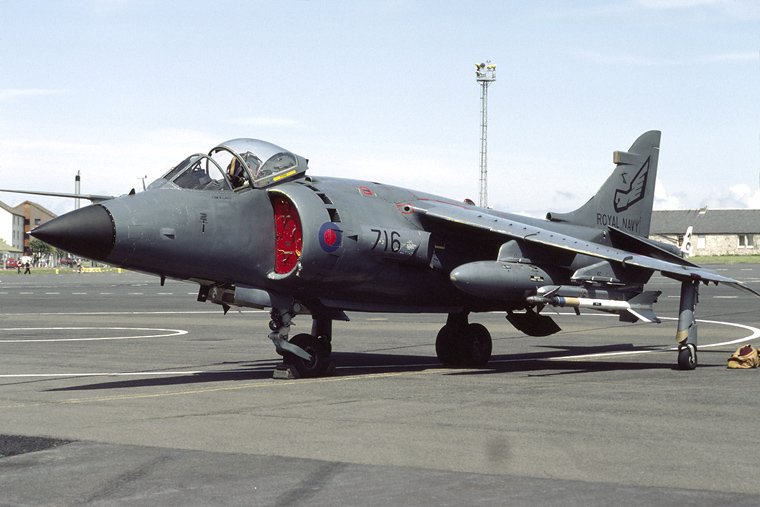
Sailors and airmen could only do so much with small carrier decks jammed with aircraft.
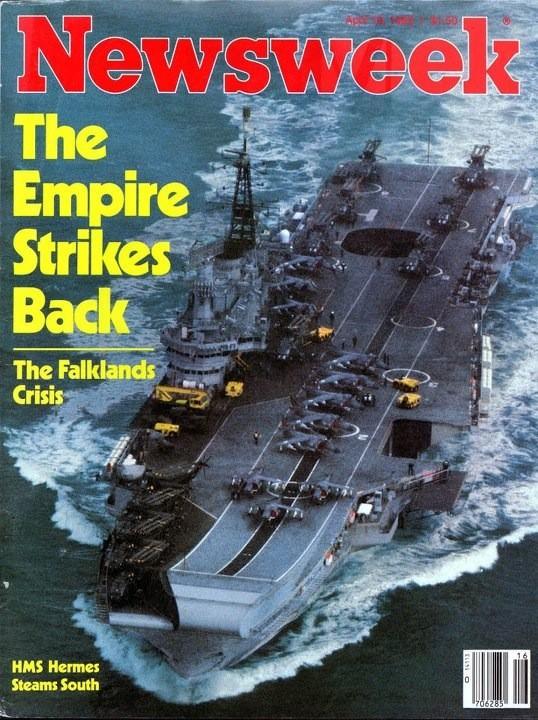
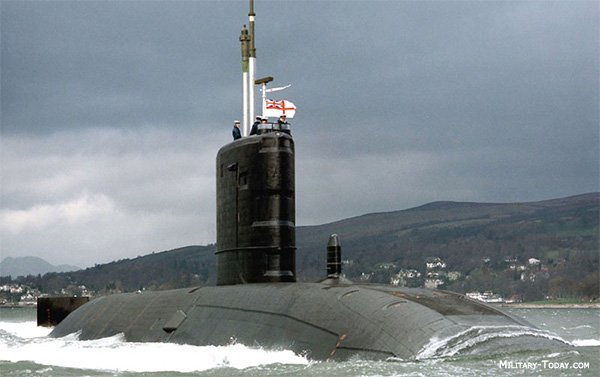

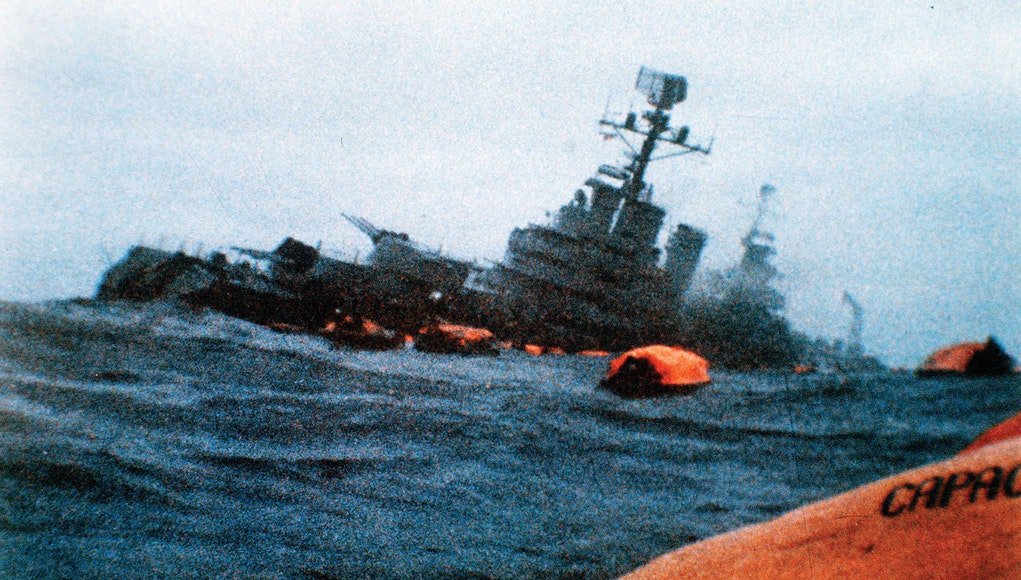
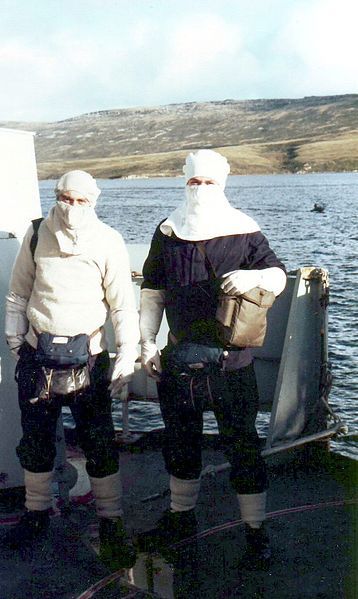
Engaging Strategy. Out.
